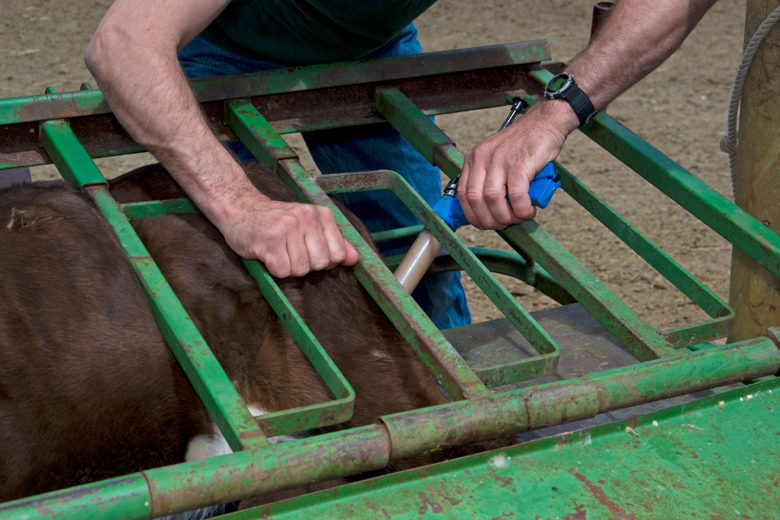
The Center for Disease Control released a report in September with frightening statistics on how antibiotic-resistant bacteria are affecting our population, and cautioned consumers on the spread of these “super bugs.”
Antibiotic-resistant bacteria can be spread through medical procedures, overuse of antibiotics and contact throughout our community. Our own overuse of antibiotics for illness is typically the first thought that comes to consumers' minds, but what about the use of them in your meat?
Antibiotics are often used in animals to promote growth, as well as to manage living conditions. For example, a U.S. animal farm oftentimes can be overcrowded and/or have other unsanitary conditions, thus decreasing the amount of product available if a bacteria spreads. Additionally, some farms are dosing animals without the consent of a veterinarian.
These practices can create the perfect breeding situation for antibiotic resistant bacteria or “superbugs” that can spread to other animals and their human attendants, as well as into the soil. Recently, the FDA recommended that antibiotics in the meat supply “should be limited to those uses that are considered necessary for assuring animal health.”
But meat infected with antibiotic-resistant bacteria may still be making its way to supermarkets and, when consumed by humans, can decrease the effectiveness of antibiotics in our own bodies. As consumers, what can we do about this issue?
At the store
- Choose organic meats as the animals are less likely to have been administered unnecessary antibiotics.
- Buy directly from local farmers who do not practice unnecessary antibiotic use.
- Ask your local butcher or farmer how the meat was raised and encourage your butcher to carry meats raised without unnecessary antibiotics.
- Look for these labels on meats: USDA Certified Organic, Animal Welfare Approved, Certified Humane and Global Animal Partnership.
- Avoid these less reliable labels on meats: Raised without antibiotics, No antibiotics added/administered, Natural or Antibiotic Free.
Food safety tips at home
- Clean your hands, countertops and utensils with warm water and soap regularly.
- Have “meat only” cutting boards (plastic not wood).
- Keep your meat in a separate grocery store bag and away from items that you do not plan to cook.
- Store meat at 40 degrees Fahrenheit or colder, on the lowest shelf in the refrigerator to prevent juices dripping.
- Always thaw meats in the refrigerator or in cold water. Don't leave them out on the countertop for several hours as it will create a breeding ground for bacteria.
- Cook meats to the recommended internal temperatures:
• Poultry: 165
• Leftovers: 165
• Ground meat: 160
• Beef, pork, veal and lamb: 145
• Fish and shell fish: 145
Want more information or want to help make a change? Click here for more information and check out organizations that believe in the reduction of unnecessary use of antibiotics in our meat supply:
UPDATE: The sources below were added to this post on December 3, 2013:
Sources:
- CDC's National Antimicrobial Resistance Monitoring System: Antibiotic Resistance and Food Safety
- HealthDay: CDC Sounds Alarm on Antibiotic-Resistant Bacteria
- Meat Eater's Guide: Decoding Meat and Dairy Product Labels
- Steve Solomon, M.D., director, Office of Antimicrobial Resistance, U.S. Centers for Disease Control and Prevention; Georges Benjamin, M.D., executive director, American Public Health Association; Sept. 16, 2013, U.S. Centers for Disease Control and Prevention, Antibiotic Resistance Threats in the United States, 2013


